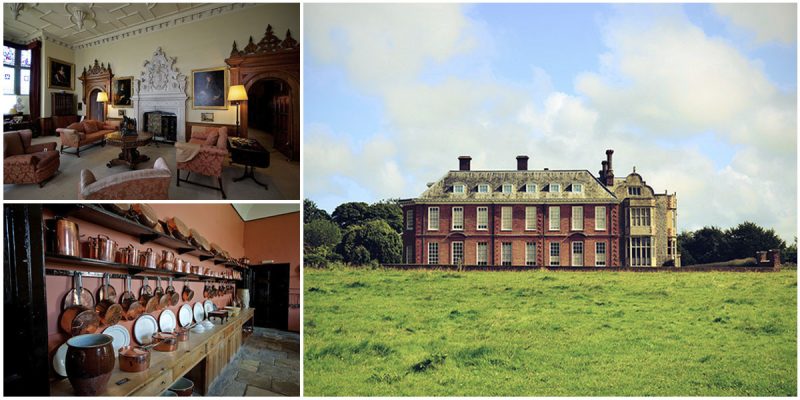Located in Norfolk, England, the Felbrigg Hall is one of the finest 17th-century country houses, noted for its Jacobean architecture and fine Georgian interior.
It was the home of the Windham family for about 300 years.
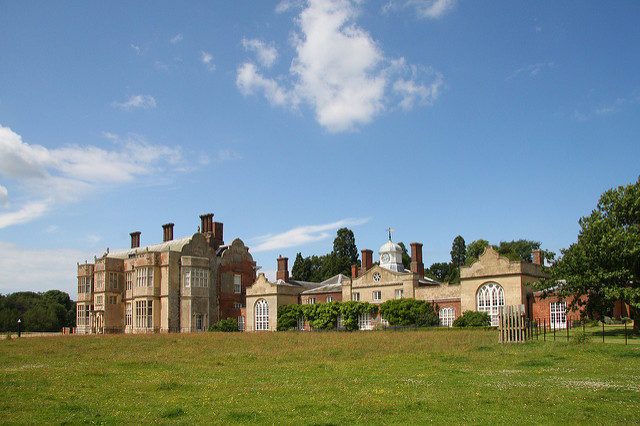
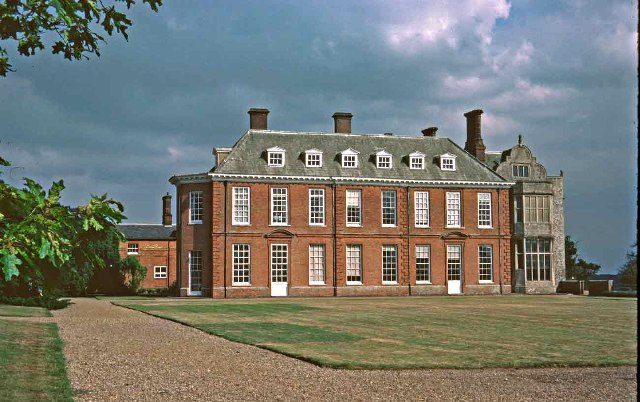
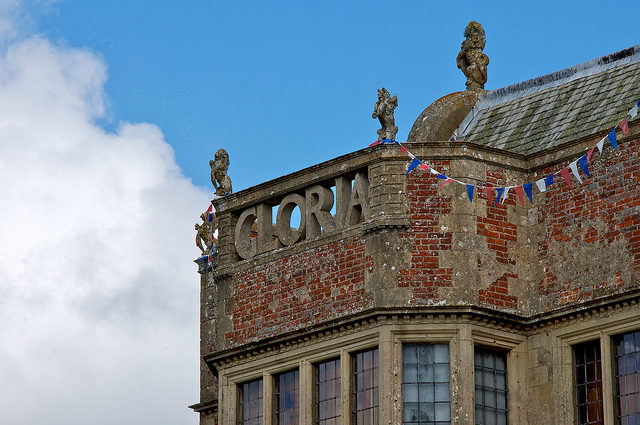
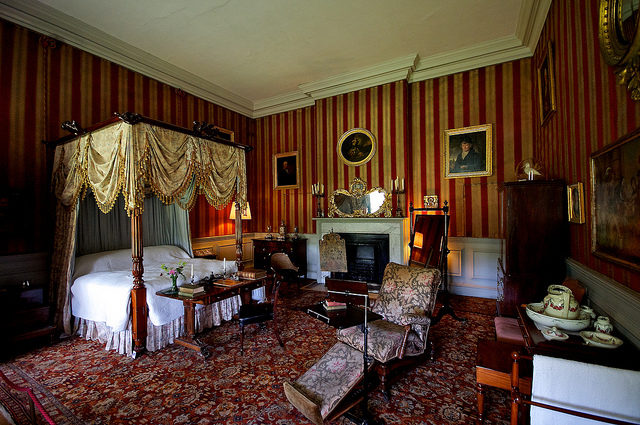
The Hall was originally built between 1621 and 1624, possibly by Robert Lyminge, an English architect who also designed Blickling Hall and Hatfield House. The house has evolved since the 1620s. Sir John Windham made substantial alterations to the Hall for his son Thomas, adding a new southern range.
It was further extended between 1674 and 1685 when a west wing was added to the designs of William Samwell, who remodeled Ham House, with interior plasterwork by Edward Goudge.
Many of the acquisitions were made by William Windham II (1717–1761), after his Grand Tour between 1738 and 1742. Windham not only purchased the paintings of classical sites, but he also specified exactly how each one was to be displayed. Also, there’s a Gothic library that features over 5000 books collected by successive generations of the Windham family.
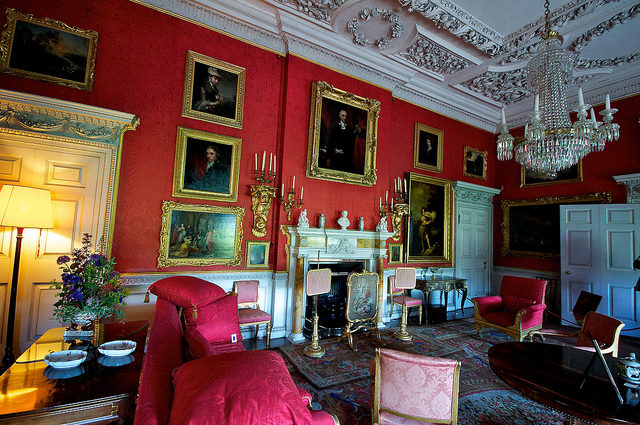
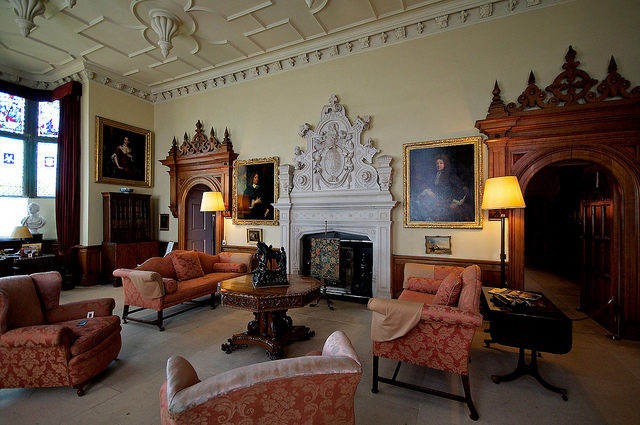
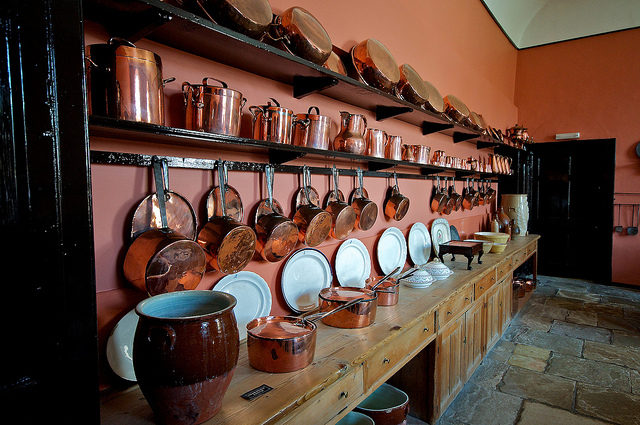
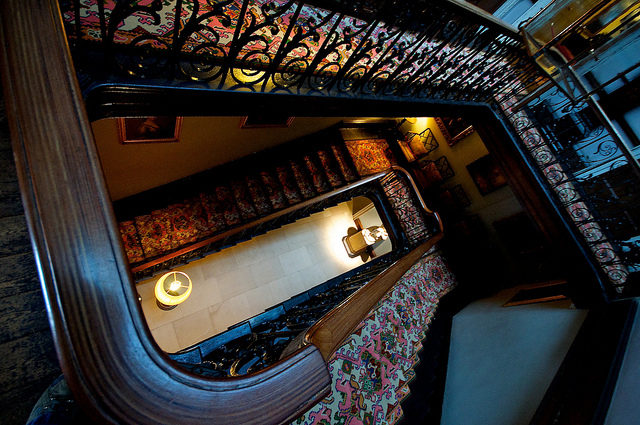
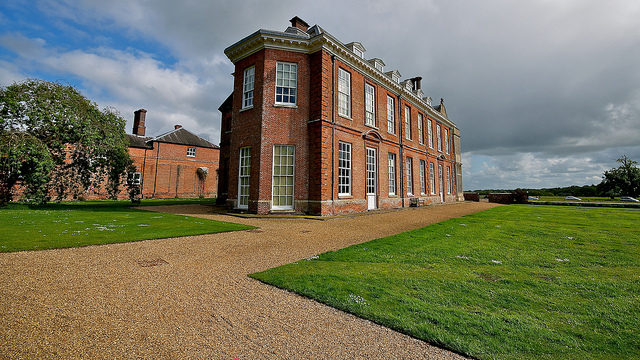
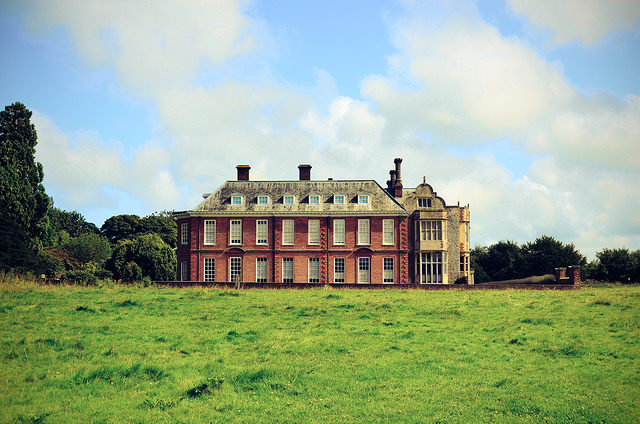
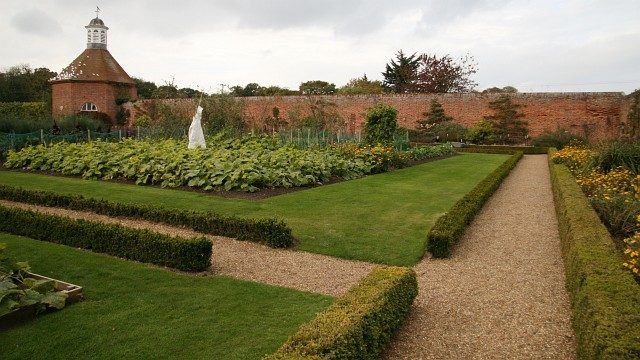
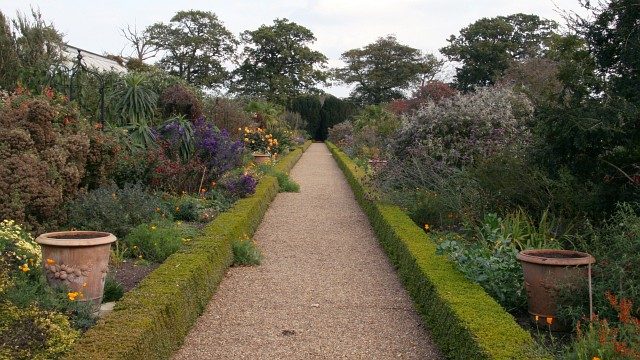
In the 19th century the estate rapidly declined and was almost lost to the shopping sprees of William Frederick Windham (or ‘Mad Windham’, as he became known in the 1860s) but was rescued when in 1923 it was passed to Robert Wyndham Ketton-Cremer (1906–1969), biographer of Thomas Gray, Horace Walpole, and writer of Felbrigg: The Story of a House‘, who restored it to its former glory.
Cremer never married and his brother Richard died in Crete during the Second World War. With no heirs, he left the estate and all of its contents, as the vast collection of family paintings and thousands of books in the library, to the National Trust in whose ownership it has remained since 1969.
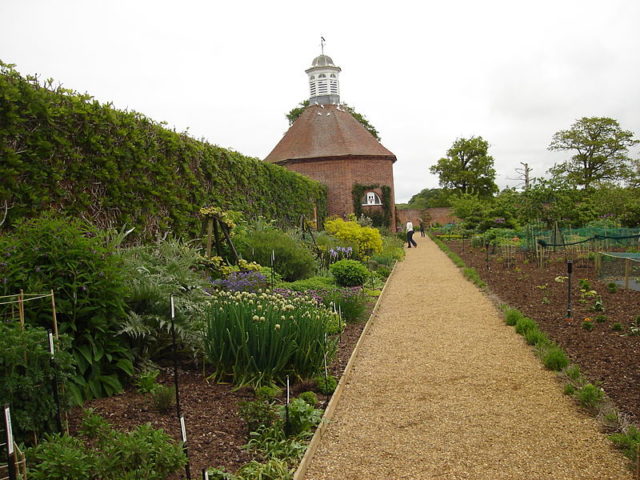
Part of the estate was acquired by the Beeston Hall school.
Outside the house, there is a walled garden, an 18th-century orangery modeled after Nicholas Hawksmoor’s Great Orangery at Kensington Palace, as well as orchards, planted with a variety of fruits which used to grow in the garden during the 19th century.
